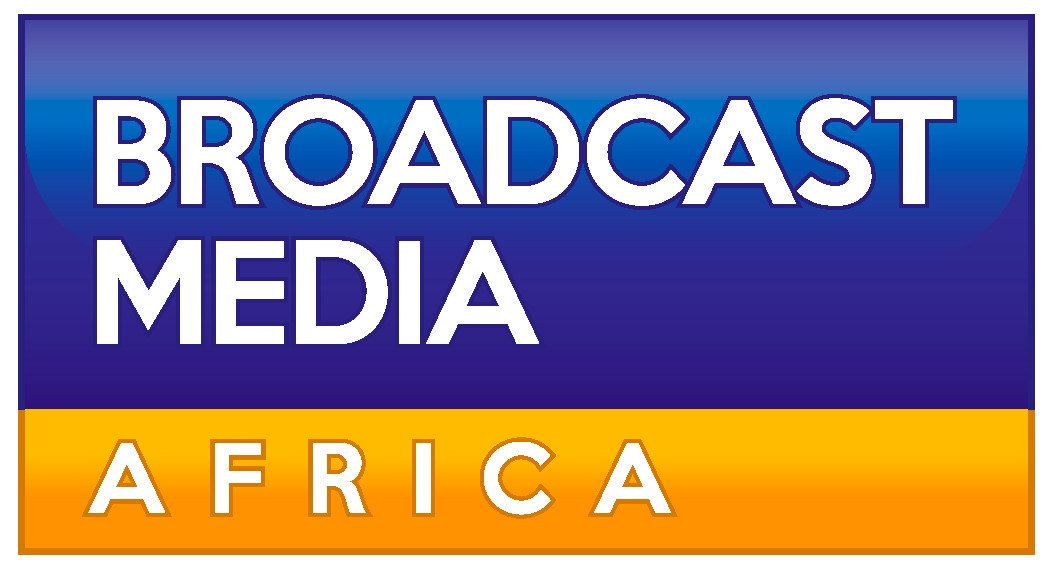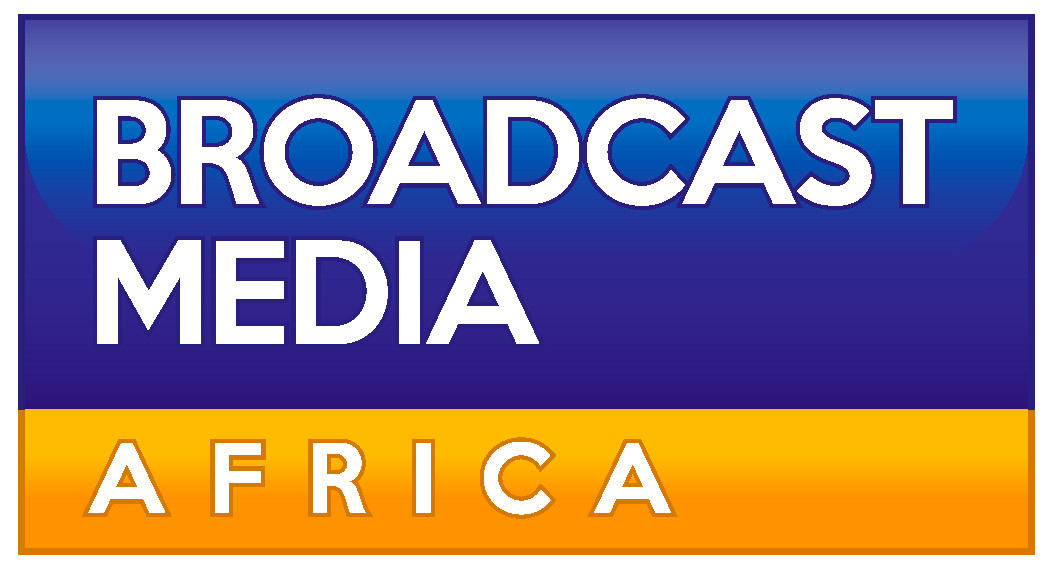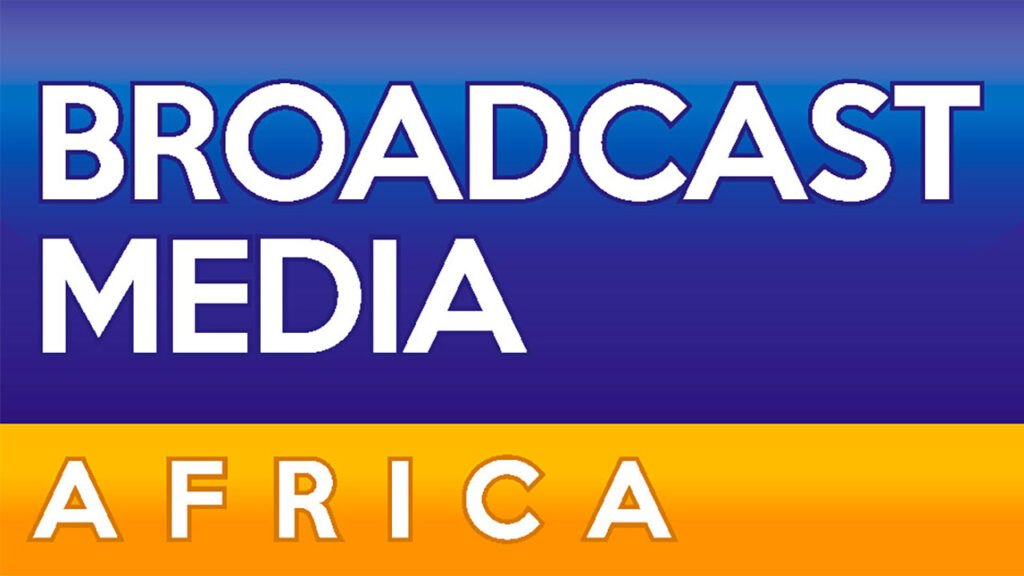
In preparation for the upcoming Radio and Digital Sound Broadcasting Summit, set to take place on June 18-19, 2024, at The Venue Green Park in Johannesburg, South Africa, Broadcast Media Africa sat down with Vongai Muzenda, Group Managing Director of AB Communications (Zimbabwe).
During the insightful conversation, Ms Muzenda shared her perspectives on the future of radio and digital sound broadcasting in Africa. She noted that as audience interactions with media output change, broadcasters and content publishers must be at all touchpoints to meet listeners’ needs.
Below is an excerpt from our interview with Vongai Muzenda
BMA: What influenced your decision to agree to participate in the Radio And Digital Sound Broadcasting Summit- Africa 2024?
Vongai: The realisation is that with each passing year, more people around the world are spending more of their time, attention, and money on the complex and increasingly immersive entertainment and media experiences that are available to them both on radio and digital platforms. This fosters the need for collaboration and meeting with like-minded colleagues to strategise on meeting our audience’s needs and explore interactive solutions that sustainably increase revenue, market reach and profit by tapping into innovations that expand our customer bases.
BMA: Tell us how you see Radio and Sound Broadcasting evolving in today’s fragmented digital media ecosystem. What can industry practitioners look out for?
Vongai: Players need to understand artificial intelligence tools to integrate into our media plans, and ChatGPT and image generators like Dall—E and Midjourney are good places to start.
- Multimedia content that follows our audiences has become critical as our audiences are scattered across platforms, and their attention spans are getting shorter.
- Audiences prefer to consume media products in digital formats, and media houses have had to introduce mobile news, social media updates, online newspapers, Facebook live broadcasting and Twitter news bites. Hence, they interact with their listeners and viewers at every touch point.
- Practitioners can expect to discuss common issues affecting broadcasters and get insights on how to remain relevant, retain current audiences, and attract new demographics through innovative and relevant content.
BMA: What are the challenge(s) facing the successful implementation of Digital Radio and Sound Broadcasting services within Africa, and how can they thrive?
Vongai: Funding for digitalisation infrastructure is a major challenge in Africa. This is because the equipment is expensive to procure and install.
This has seriously affected the implementation of digital and sound broadcasting. Internet usage and penetration are low. Statisca.com puts the average internet penetration rate for Africa at 43%, and most of the African population does not have access to the internet, as indicated. This is mainly due to limited or lack of infrastructure, which has hampered the implementation of digital radio and sound broadcasting in many African countries.
The cost of data is prohibitive for the average Africans with internet access. A report by the Media Institute of Southern Africa in 2022 indicated that 1 gigabyte of data in Botswana costs an average of US$15.55, and Namibia was US$10.52 for the same. Zimbabwe was, on average, US$5. Given that most African countries are fighting poverty, such costs are
prohibitively high to implement digital radio and sound broadcasting.
BMA: Tell us what you hope fellow participants will take away from this industry summit?
Vongai:
- How to implement Artificial intelligence for Newsrooms
- Profit-sharing models with big tech companies
- Dealing with misinformation and disinformation
- Funding agencies for media
To join Ms Muzenda, please register to attend the event here.









